LATVIJA.FM
How Latvia Became a Leader in E-Government Services
In the quiet hum of servers and the click of digital signatures, Latvia has quietly emerged as a pioneer in e-governance—transforming the way its people engage with the state. From registering a business in minutes to voting securely online, the Baltic nation has built one of the world’s most efficient digital public service infrastructures. This wasn’t born out of wealth or population size, but from necessity, vision, and an early embrace of innovation. Latvia’s e-government story is one of agility over bureaucracy, of trust built through transparency, and of a small country that dared to leap into the digital future—and led the way for others to follow.
A Post-Soviet Transformation Rooted in Innovation
In the early 1990s, Latvia emerged from the Soviet Union with a broken bureaucracy and outdated infrastructure. But what many saw as a setback, Latvian reformers viewed as an opportunity. With fewer legacy systems to untangle than older Western nations, Latvia was able to build much of its government infrastructure from scratch—this time, digital-first. The country’s size and centralized administration allowed it to move swiftly, and by the late 1990s, the foundations of Latvia’s e-governance were already being laid through public-private partnerships and EU support. Crucially, Latvia’s tech-savvy population embraced the shift, eager for tools that would reduce red tape and speed up everyday interactions with the state.
From Paperwork to Portals: The Growth of E-Services
Today, Latvians can access over 3,000 government services online through the Latvija.lv portal, a one-stop-shop that offers everything from filing taxes and applying for child benefits to checking land registry records or renewing a driver’s license. Unlike clunky systems found elsewhere, these services are integrated into a single identity and login system, making user journeys seamless and secure. Digital signatures, eIDs, and data-sharing across ministries reduce duplication and waiting times—creating a citizen experience more akin to using a bank app than navigating government bureaucracy. The result is not just efficiency, but dignity: the state feels less distant and more responsive.
The Magic of eParaksts and eID Cards
One of Latvia’s most impactful innovations is the eParaksts, or electronic signature. Introduced in the early 2000s and tied to a government-issued electronic ID card, the eParaksts gives every citizen the power to sign legally binding documents with just a few clicks. Whether you're selling a property, authorizing a power of attorney, or signing a school application, the eParaksts has become a digital passport to civic life. This infrastructure ensures security and authenticity while slashing paperwork and administrative costs. By 2020, nearly half of all documents requiring a signature were signed electronically—a number that continues to rise each year.
Trust as the Foundation of Digital Governance
Technology alone does not guarantee success. What makes Latvia’s e-government model truly effective is the trust it has earned from its citizens. Data protection laws, digital transparency initiatives, and responsive support systems have reinforced confidence in the system. Citizens can see which government employee accessed their personal records, and consent is required for data-sharing across departments. This commitment to accountability has encouraged usage and loyalty—proving that digital trust, once earned, can become the backbone of a modern democracy.
International Recognition and Regional Leadership
Latvia’s digital governance achievements have not gone unnoticed. The country consistently ranks high in EU and OECD digital readiness reports, often outperforming much larger economies. Latvia is frequently cited as a model by e-government experts and has hosted delegations from nations looking to replicate its success. The COVID-19 pandemic further validated its approach—while many countries scrambled to digitize services, Latvia was already operating in the cloud. Its e-health platform, digital vaccination certificates, and unemployment claim processes were adapted in weeks rather than months.
The Road Ahead: From Services to Smart Governance
While Latvia’s digital infrastructure is strong, the future holds even greater promise. The country is now experimenting with AI-powered public services, predictive data analytics, and smart urban planning tools. The next frontier is not just making government accessible online, but proactively adaptive—anticipating citizens' needs and streamlining service delivery before problems arise. Latvia’s early investments in e-governance have positioned it to lead the next wave of digital transformation, where government is not only efficient but intelligent.
